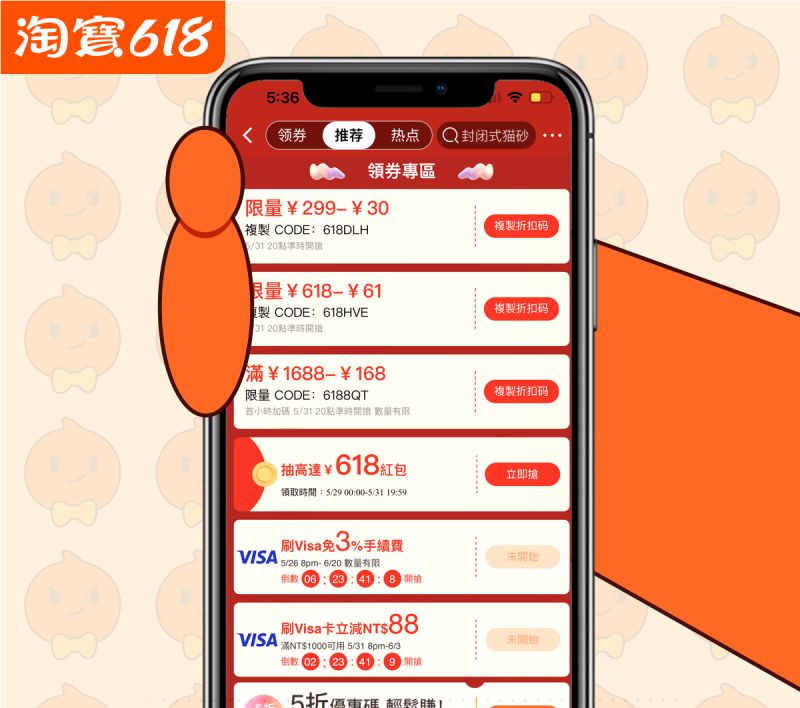As a Marketing Manager, I’ve seen firsthand how the marketing landscape has evolved over the years. One of the most significant shifts has been the rise of omni-channel marketing. In today’s digital-first world, customers interact with brands across multiple platforms—be it social media, email, websites, or physical stores. The challenge for marketers like myself is to ensure that these interactions are seamless, consistent, and personalized. That’s where omni-channel marketing comes in. In this guide, I’ll break down what omni-channel marketing is, its benefits, and how you can implement it effectively. What is Omni-channel Marketing? The term “omni-channel” comes from the Latin word “omni,” meaning “all,” and “channel,” which refers to the various ways customers interact with a brand. In simple terms, omni-channel marketing is a strategy that ensures a unified and consistent customer experience across all touch-points—whether online or offline. Unlike multichannel marketing, where each channel operates independently, omni-channel marketing integrates all channels into a cohesive ecosystem. For example, a customer might browse products on your website, receive a personalized email recommendation, and then complete their purchase in-store. The goal is to make every interaction feel connected and seamless. Why Omni-channel Marketing Matters In my role, I’ve observed that customers today expect more […]
















